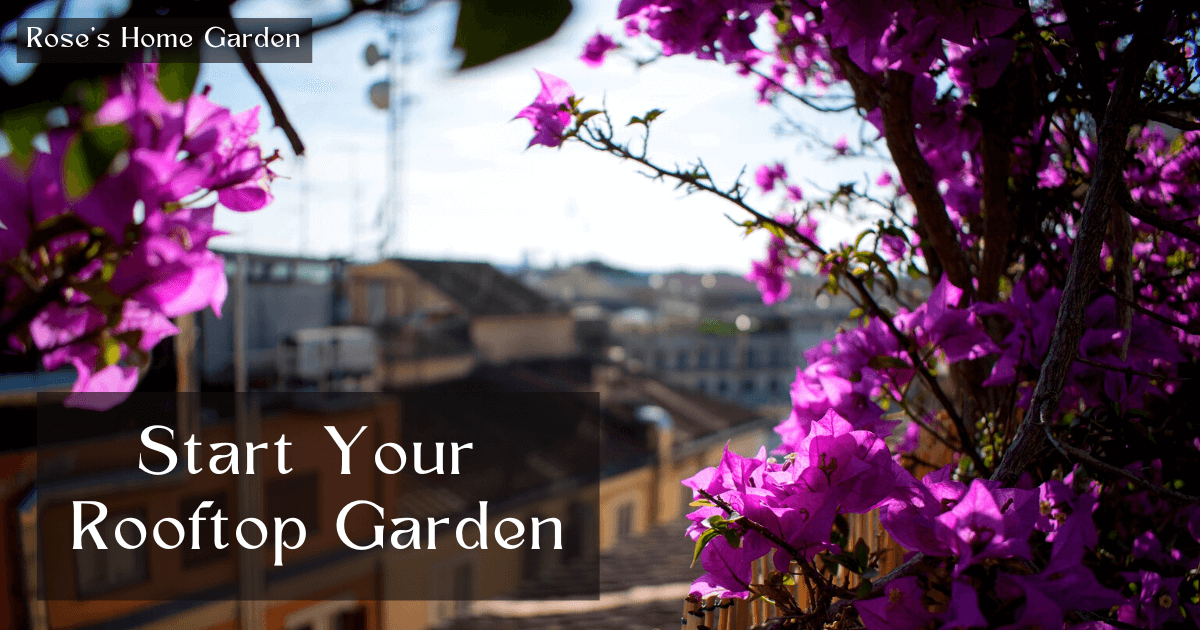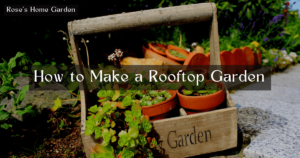
What’s a Rooftop Garden? How Can I Make a Roof Garden? | 8 Steps to Follow
Guide to Starting Your Rooftop Garden
As the world is changing, we are losing our connection to nature. As a solution to this problem, a rooftop garden gives us a chance to get closer to greens. In an era when every country’s agricultural land is shrinking at an alarming rate, rooftop gardening can play a vital role in maintaining balance and preserving the environment.
What’s a Rooftop Garden?
In simple words, a rooftop garden is a green space made with some specific steps on the rooftop of buildings, especially in the town areas. Roof gardens are usually made to have a comfortable shelter for play space, and for growing vegetables and fruits. These gardens are available from the very beginning of civilization, and now rooftop gardens come in many options to meet a variety of needs.
How can I make a Roof Garden? 8 Easy Steps
- Always start with a clear plan
- Discuss it with your building engineer (For Big Gardens)
- Know the roof’s loading capacity
- Monitor wind and sun exposure
- Make a design for your roof garden
- Start with heat-tolerant native plants
- Make a hose long enough to the rooftop
- Get a clear idea about soil and seeds
- Always Start With a Clear Plan
Starting your first rooftop garden will require a lot of things that can make you overwhelmed. So make sure you have a good plan. We will discuss 7 steps in this blog, but we can’t 100% cover all the things you may need according to your position and environment. You must have a clear plan from buying the stuff to arranging them on your housetop.
- Discuss it With Your Building Engineer
Be sure that your roof can support the weight of your garden by consulting the building manager or engineer. It’s a very important step to ensure your safety in the future. As many times soil damages the roof surface.
- Know The Roof’s Capacity
Your roof’s loading capacity is very important as it’ll include the plants, heavy containers, furniture, visitors, and other equipment. You can simply contact your building engineer to have a discussion about the roof garden and how much that roof can handle. He will also advise you on a good design for your rooftop garden.
- Monitor Wind and Sun Exposure
Your rooftop garden may need 6 to 8 hours of sunlight a day, depending on the plants you are growing. You must have a clear idea about one or two weeks of sunlight patterns to make sure if it’s obscured by other buildings or not. Track morning, midday, and evening sunlight.
Another important factor for your rooftop garden is wind. High stories buildings have heavier wind and it can significantly damage or even kill the plants in your garden. It may be necessary to install structural windbreakers (such as trellises) on your roof if you notice strong winds.
- Make a Design for Your Roof Garden
You should make a simple sketch of the rooftop garden and mark each spot for a specific plant or furniture. It’ll keep the space organized as you start building the garden. Measure the space for an accurate calculation.
- Start With Heat-tolerant Native Plants
There’s no doubt that your rooftop will have intense wind and sunlight. So you must make heat and wind-tolerant plants a better candidate for your rooftop garden. Alternatively, you can add windbreakers or shades in case you add weak plants. If you are planning to add ornamental grasses, dogwood, and magnolias, you don’t have to worry. But make sure you water them regularly. And yes, add plants that are native to your area.
- Make a Hose Long Enough to The Rooftop
Watering your garden with a hose is the most space-efficient option unless you receive enough rainfall to store water. You can also use a watering can. Setting up an automatic irrigation system will be great.
- Get a Clear Idea About Soil and Seeds
As your rooftop garden has no access to unlimited ground soil, you may need to make or buy good soil. The majority of plants thrive in well-draining soil that is rich in organic matter, such as compost-amended potting soil. Be sure to do some research before choosing seeds.
What Plants are Best for Rooftop Gardens?
Choose the plants based on the weather conditions of your roof for your garden on the roof. Unfortunately, none can give you an exact list of certified rooftop hardy plants. The plants will require some practical trials. Choosing plants with short roots, or those that don’t require a lot of soil, such as herbs or vegetables, or smaller or medium perennials, is a good rooftop garden plant choice.
Why Grass Roof? What are the Benefits of It?
Economically, ecologically, and societally, green roofs have many benefits. Green roofs serve many purposes such as purifying the air, regulating indoor temperatures, providing a rainwater buffer, saving energy, and encouraging biodiversity. In climate-proof buildings, green roofs play a significant role. Additionally, you will be happier in a green environment than in dull surroundings. It’s a very important topic. We hope with proper research, we’ll write an article on it.
Read another article. Click here



